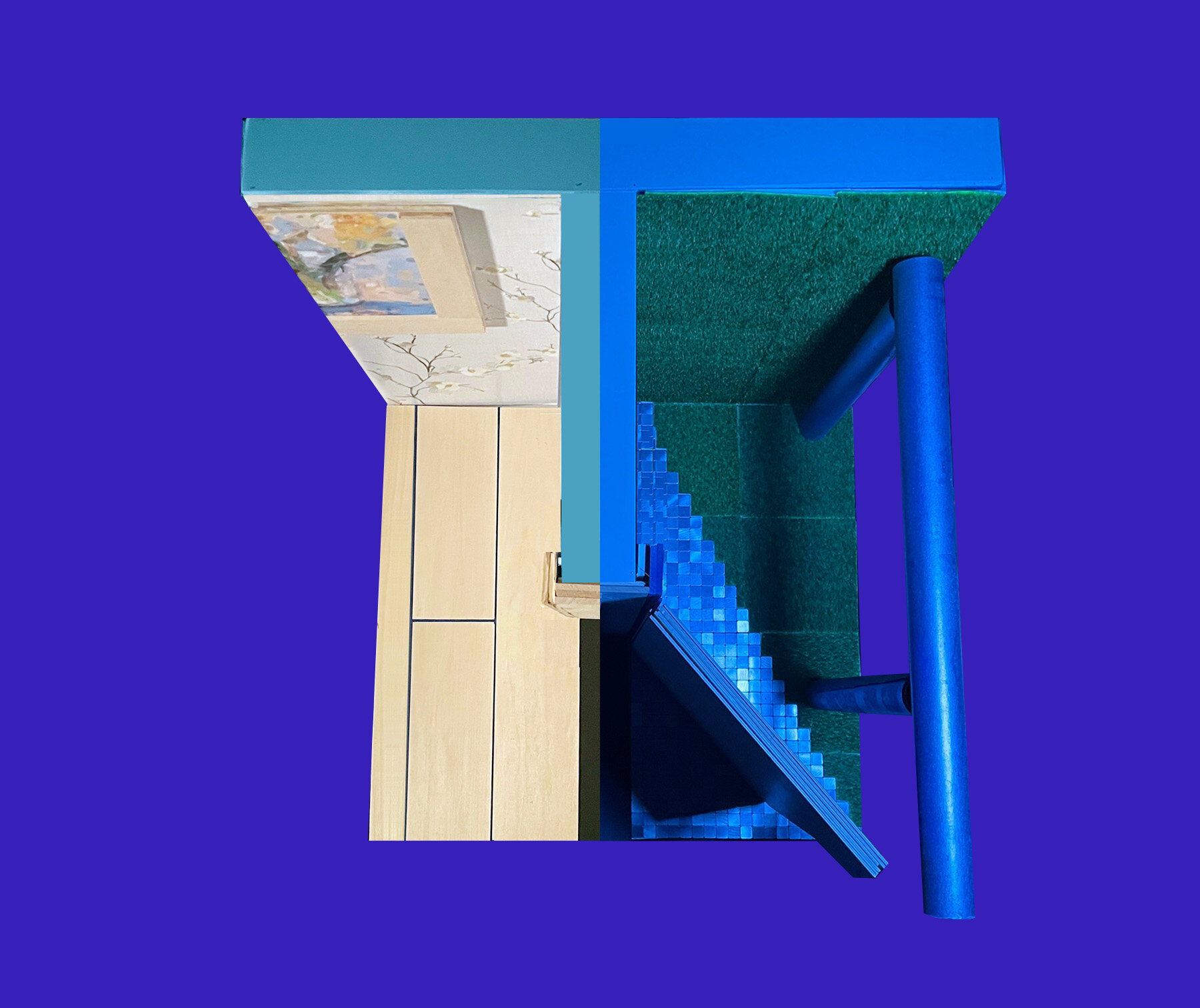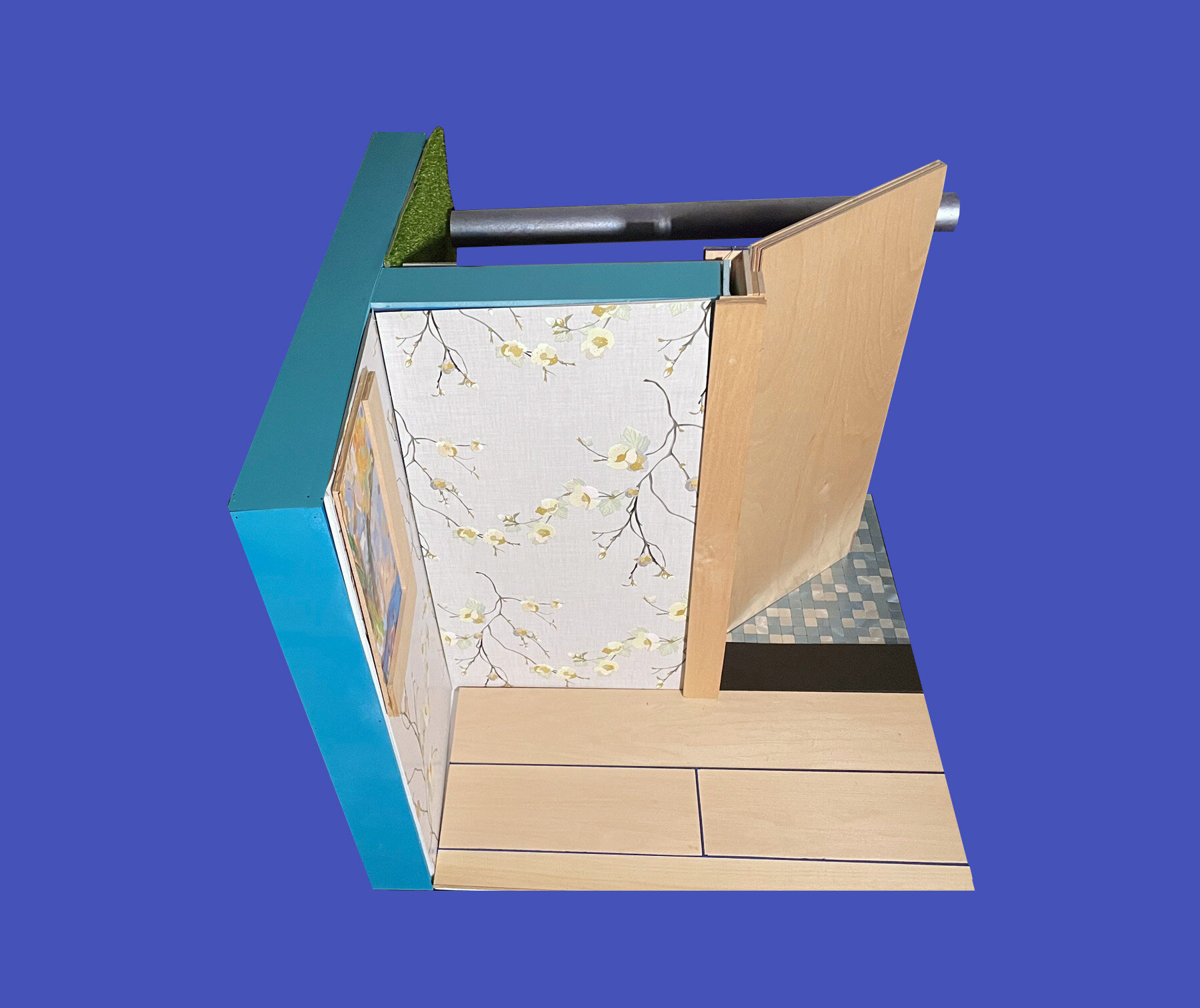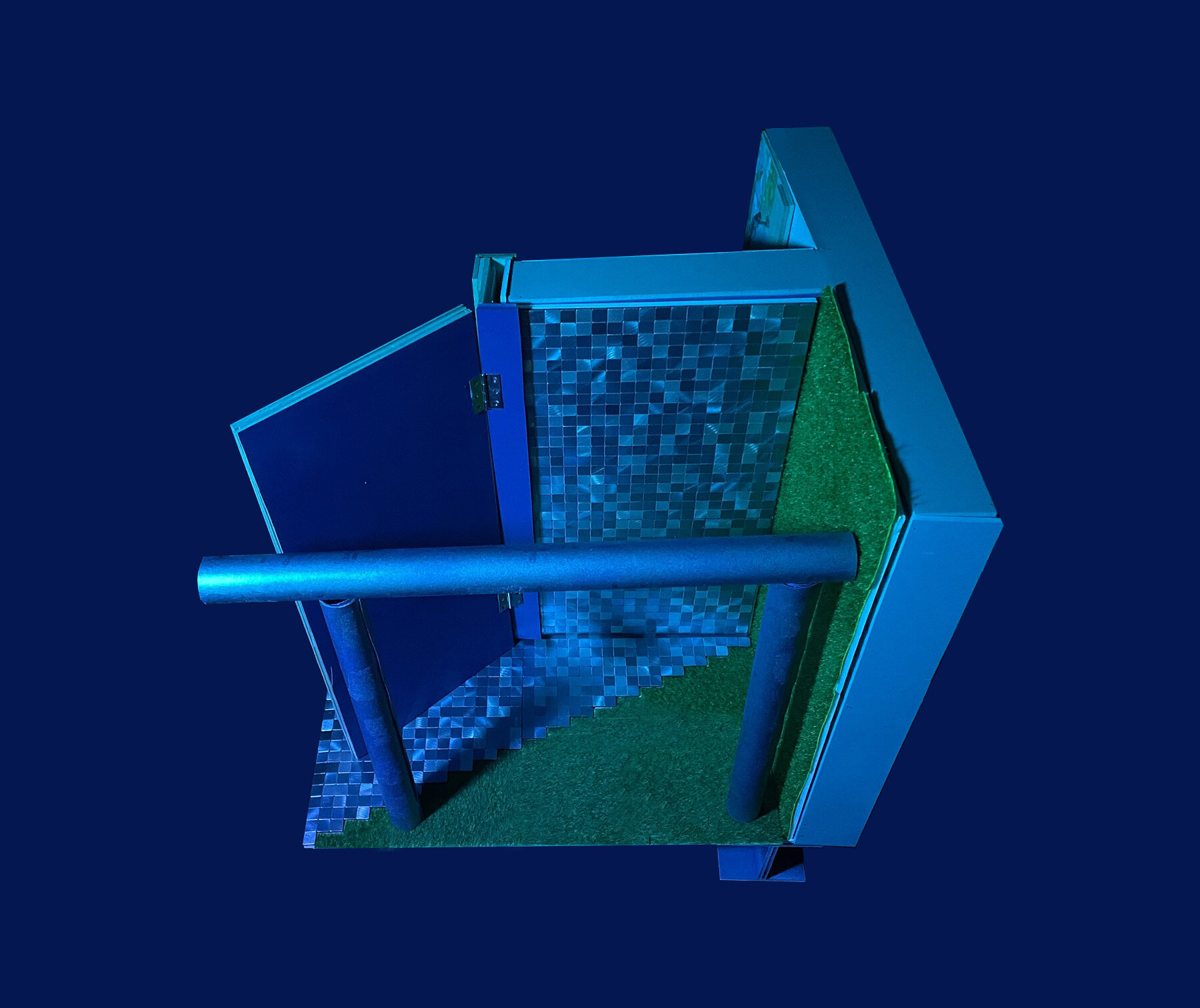FUGITIVE ARCHITECTURE
Torkwase Dyson’s concept of black compositional thought inspired questions revolving around the creation of spaces outside of surveillance. New York City is currently built as an extrusion of the grid, it is not built for its’ inhabitants, who find themselves looking for ways to navigate within its architecture as opposed to having the architecture cater to their movement. This proposition of a new typology, a new fugitive architecture- produces a spatial condition that provides liberation for all.
The typology goes through three different conditions, responding to surveillance in different mannerisms. The first condition is embedded in the fabric of the alleyways, it maneuvers its way through interstitial spaces between buildings providing refuge for the community right into their homes. The second condition occupies the street, making a statement and allowing the community the opportunity to observe as opposed to being observed. The third aims to address one of the leading causes of violence through surveillance by challenging the structure of the police station and claiming it as a typology with a different ethic that is run by different actors.
Drawings
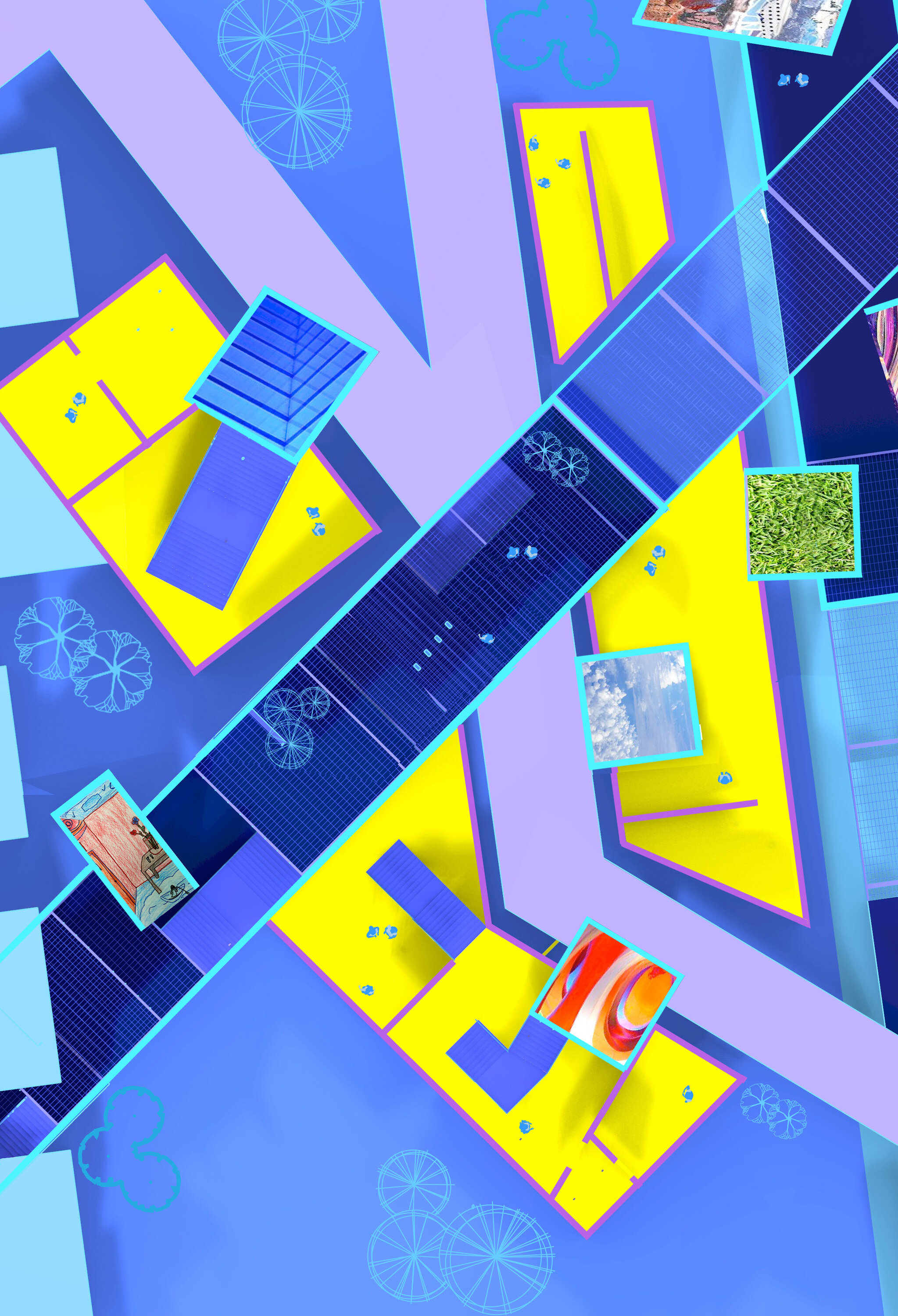
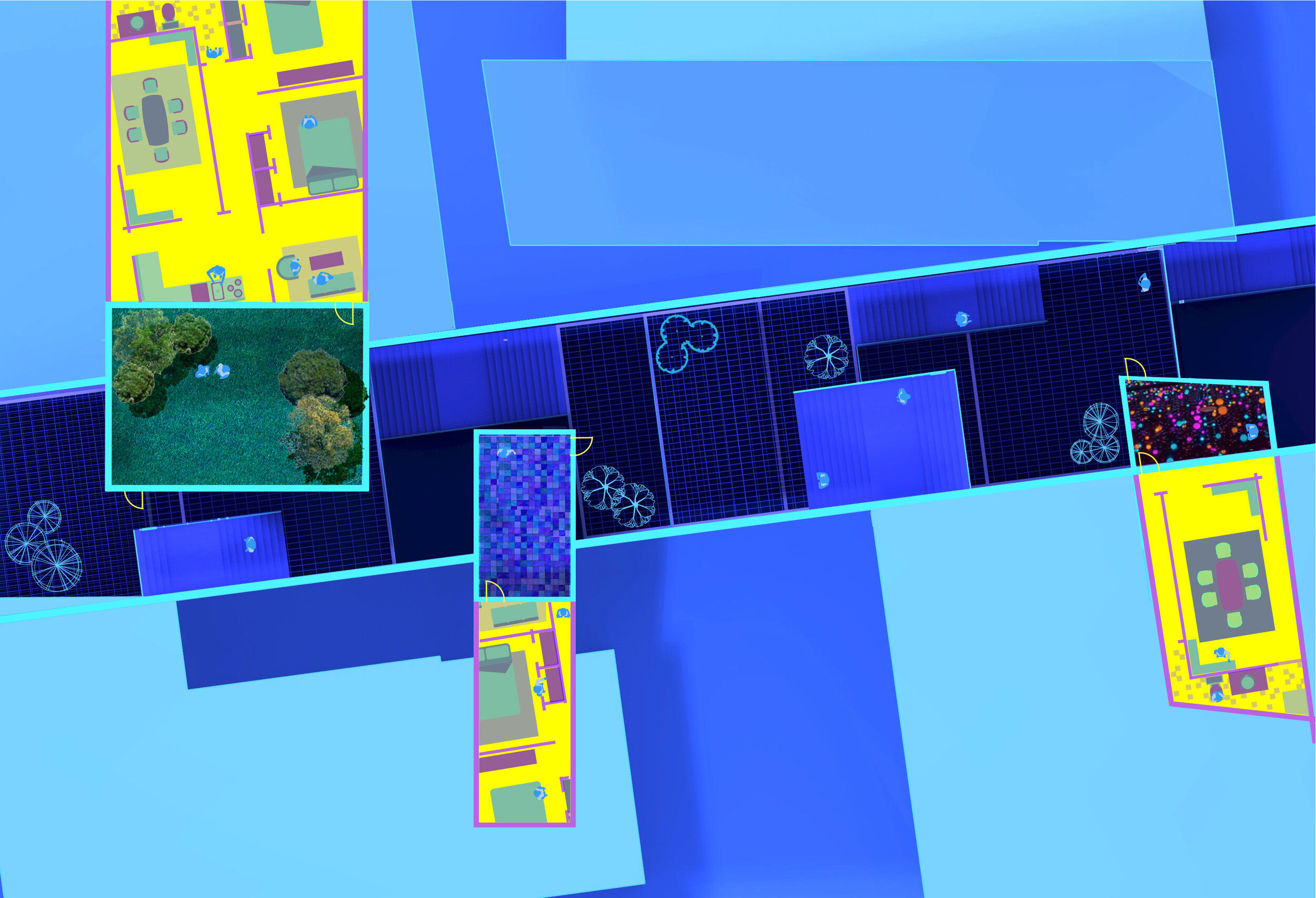
Physical Model

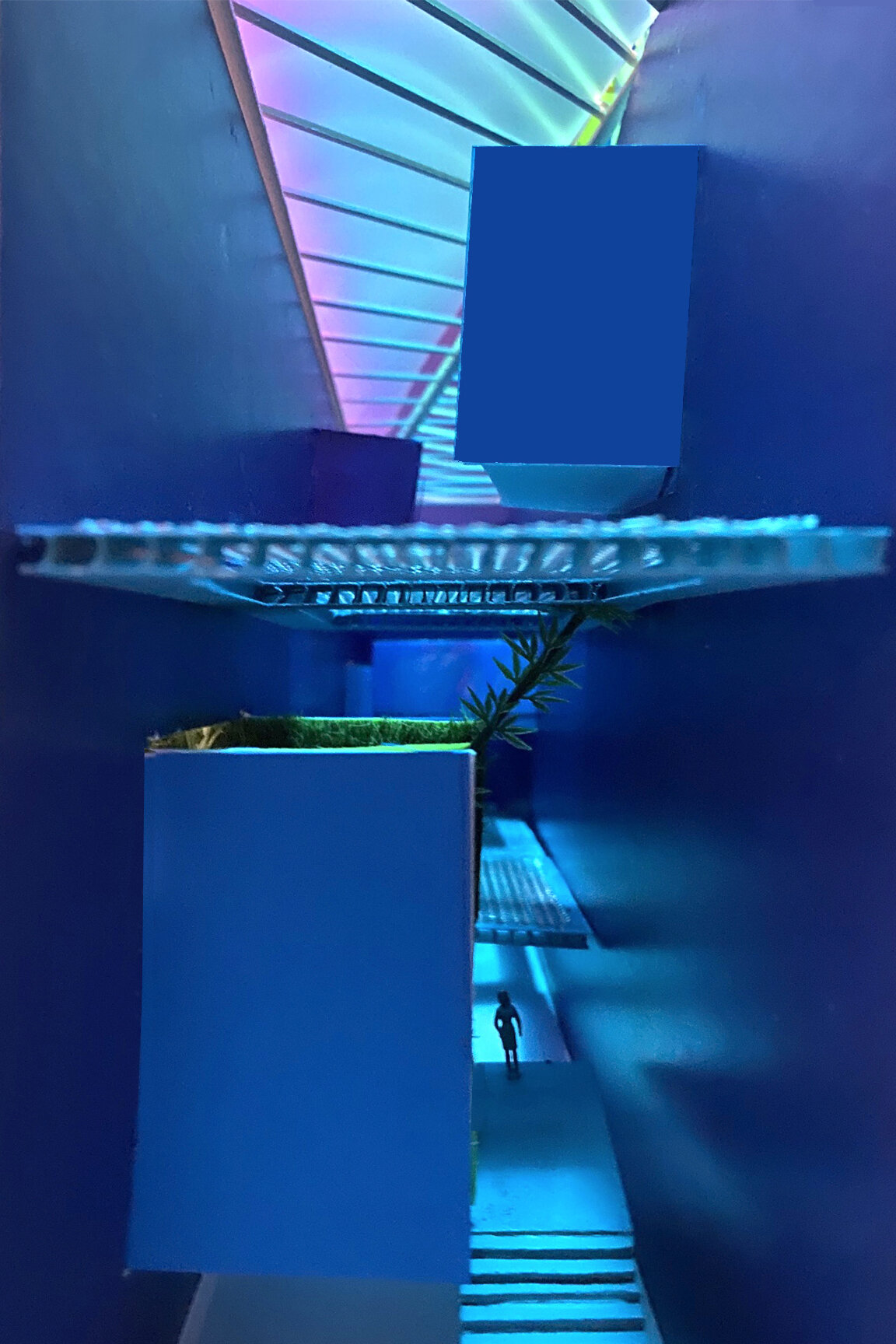
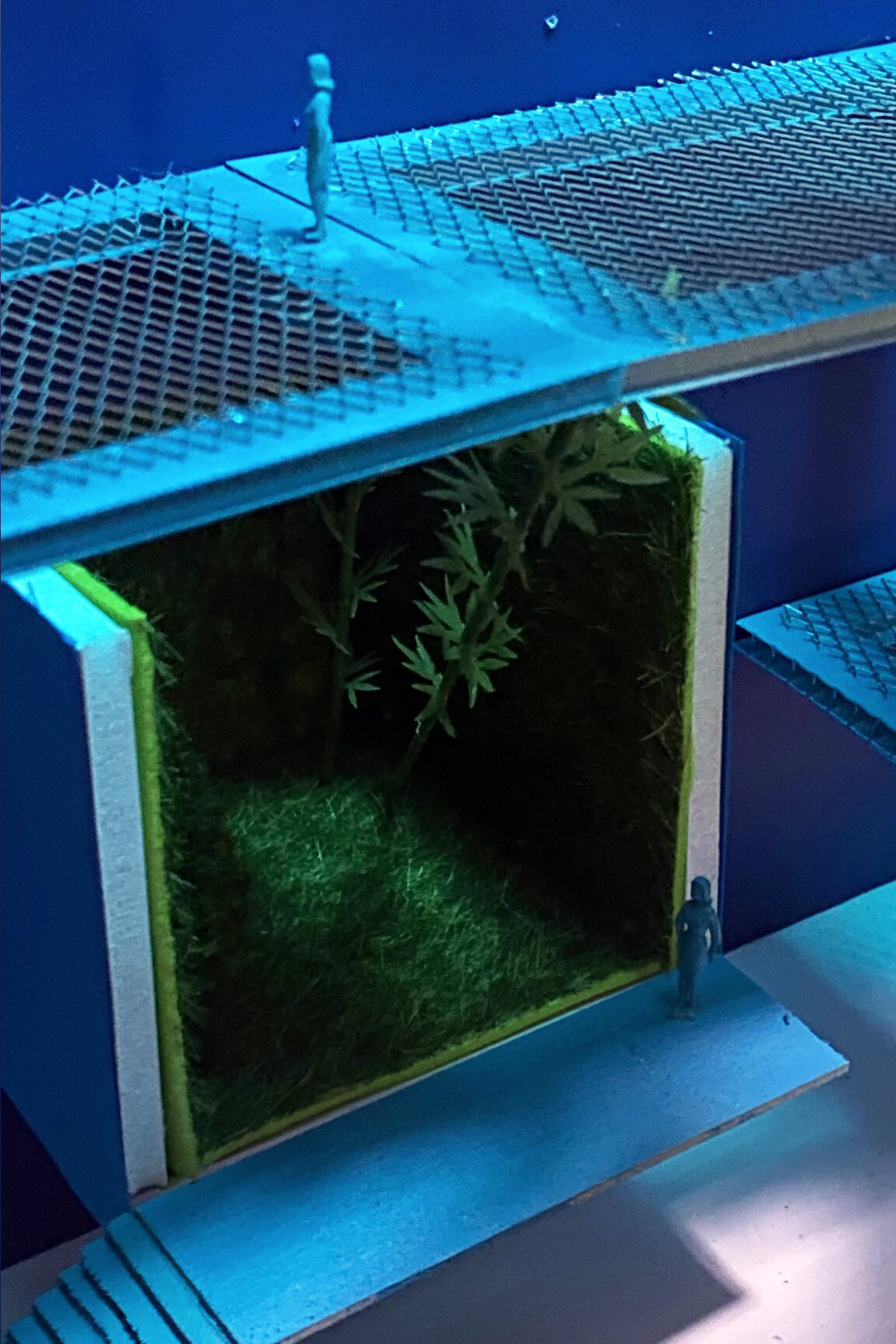
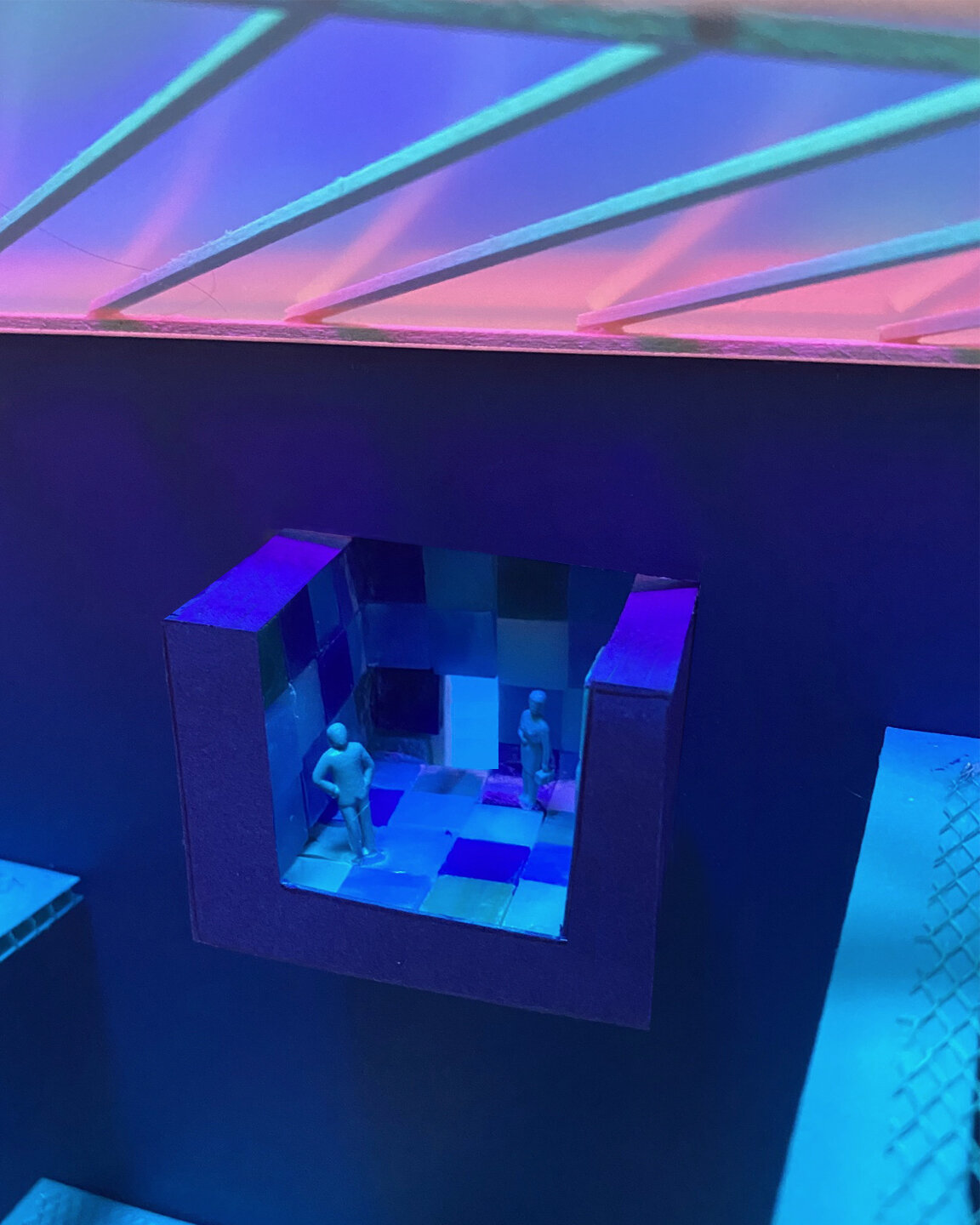
Detailed Drawing
Threshold Detail Model
The threshold into the liberating space aims to capture an important moment within the transition from one type of treatment to another. The focus on this moment of transition is studied separately, as it reflects the evolution of the community- from being observed to becoming an observer, and from an observer to becoming an actor. The structural connections of this new typology manage to bring two worlds together by creating a distinction between spatial arrangements through materiality, placement and configuration.
